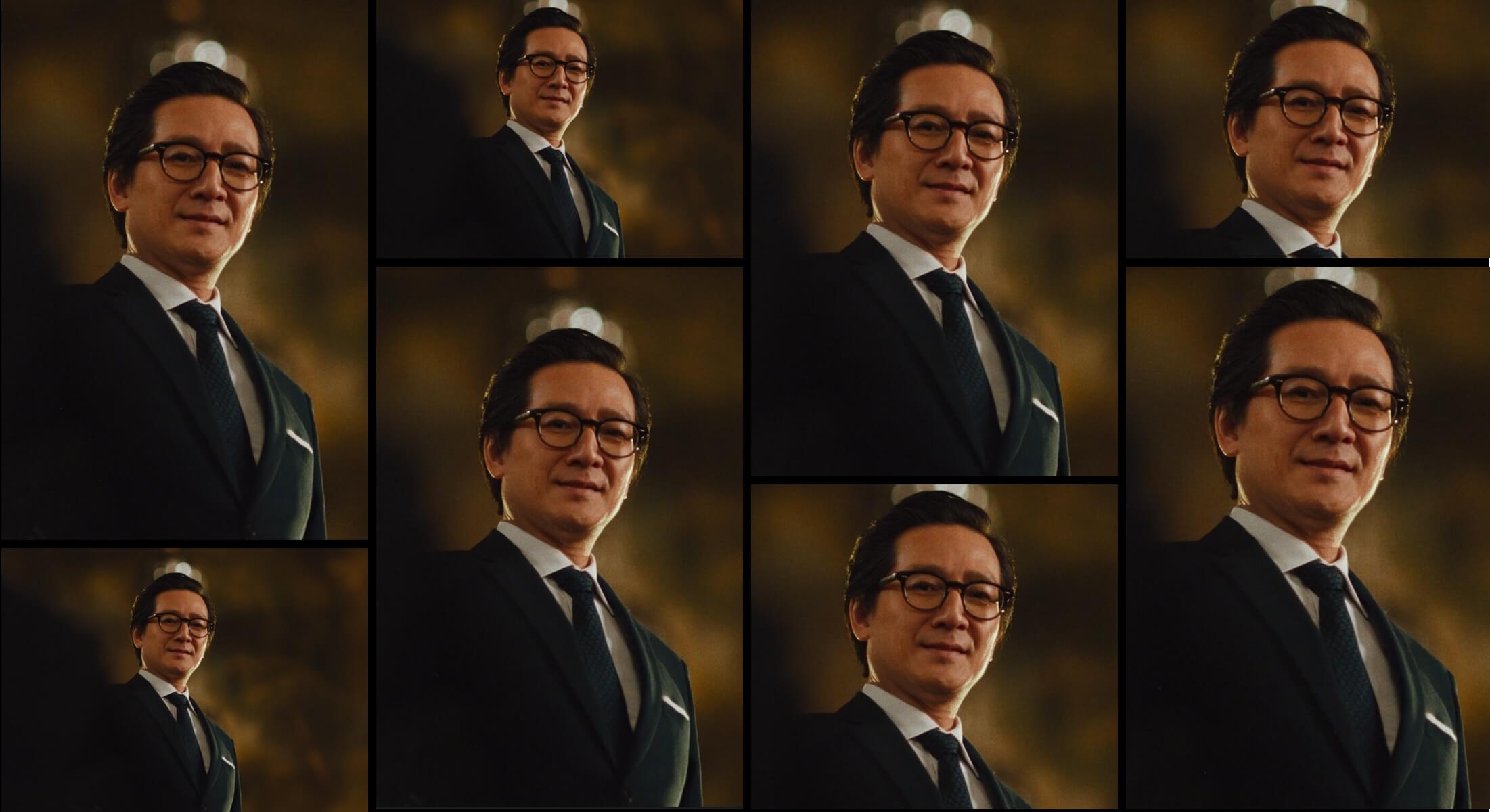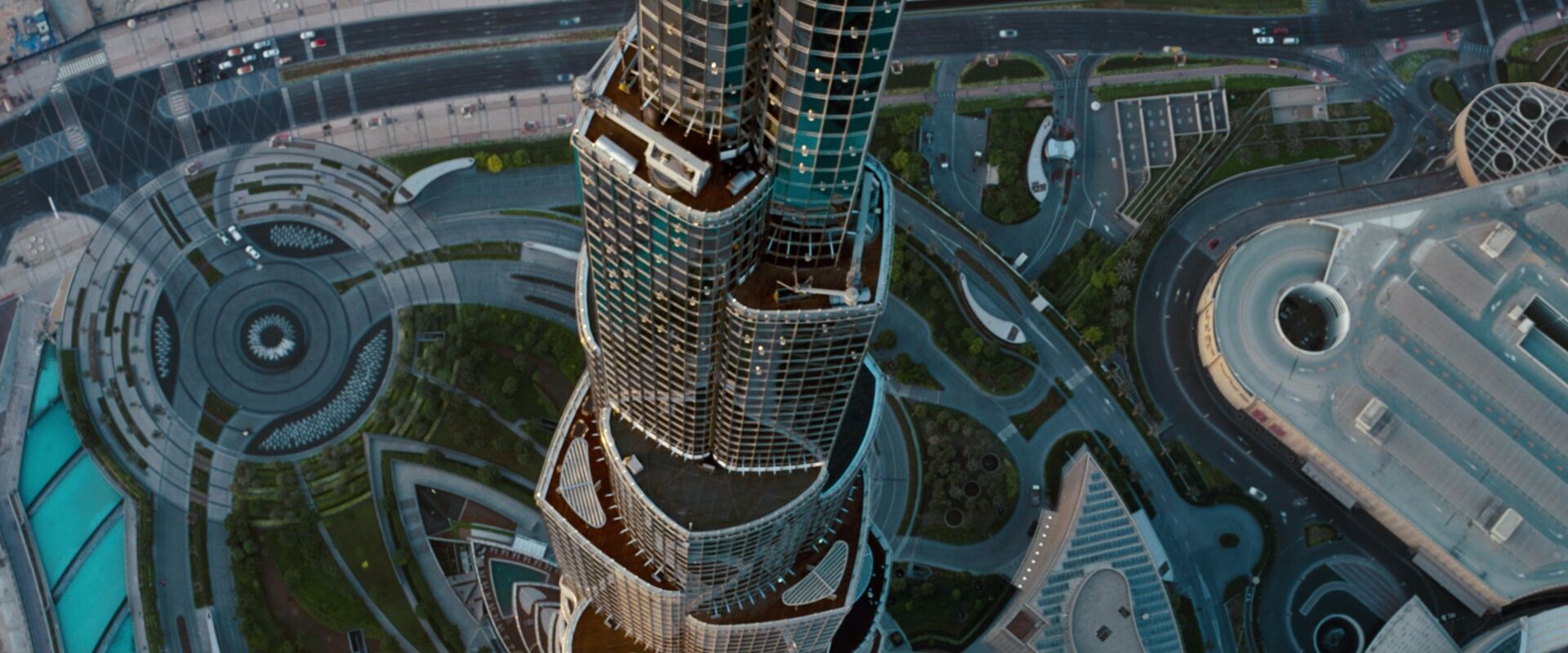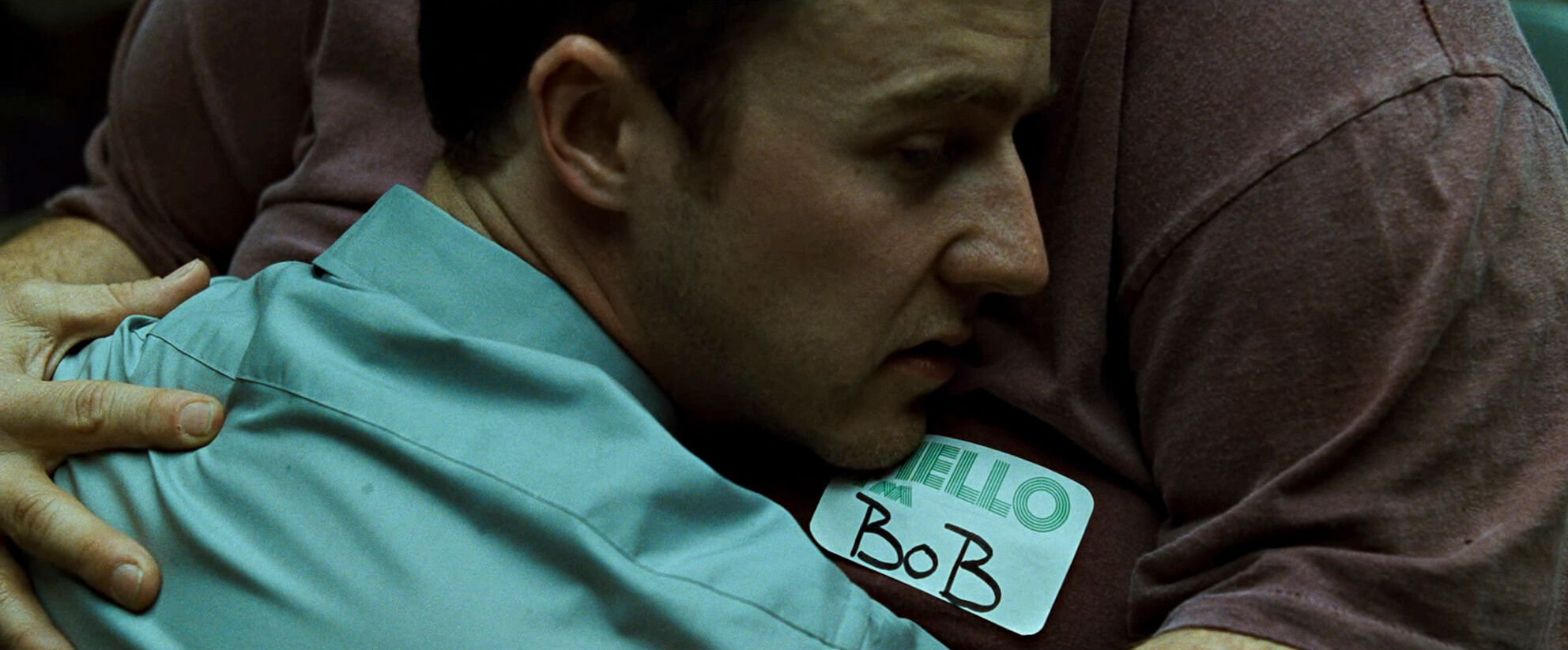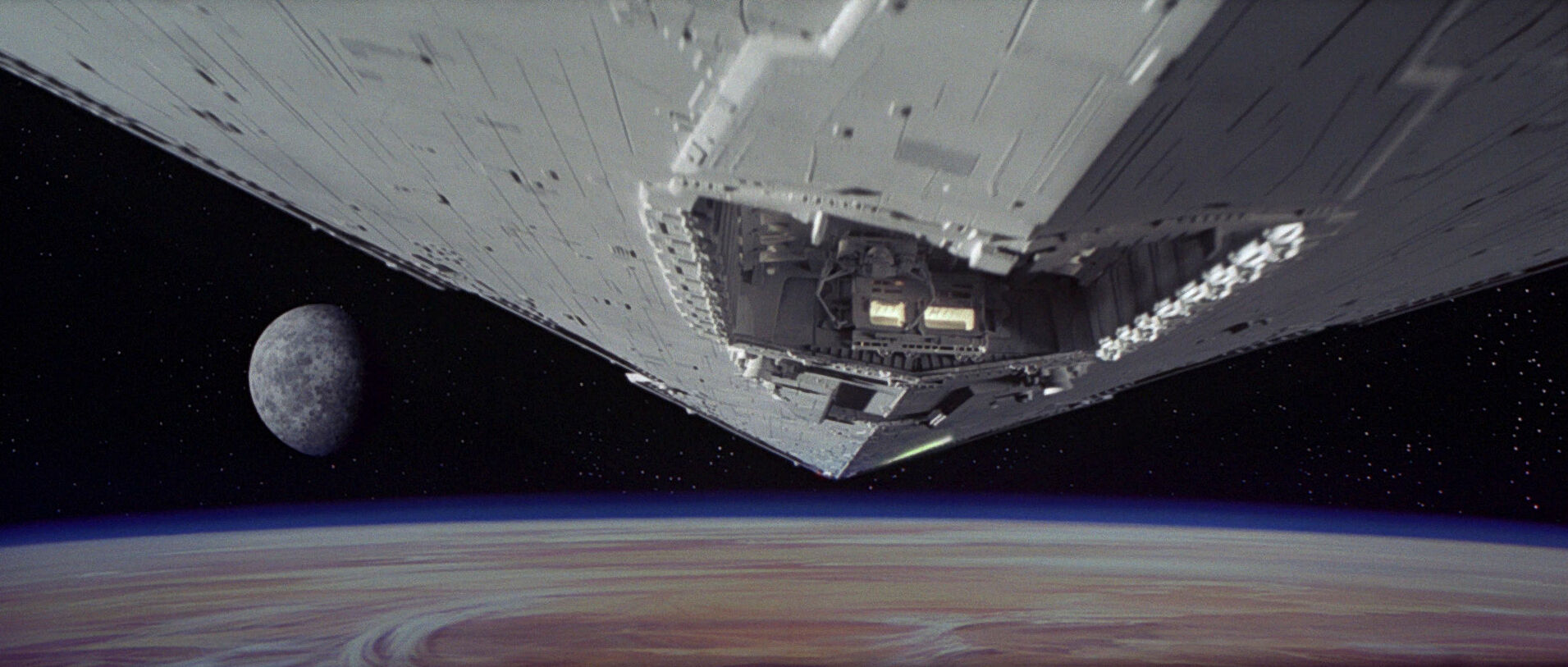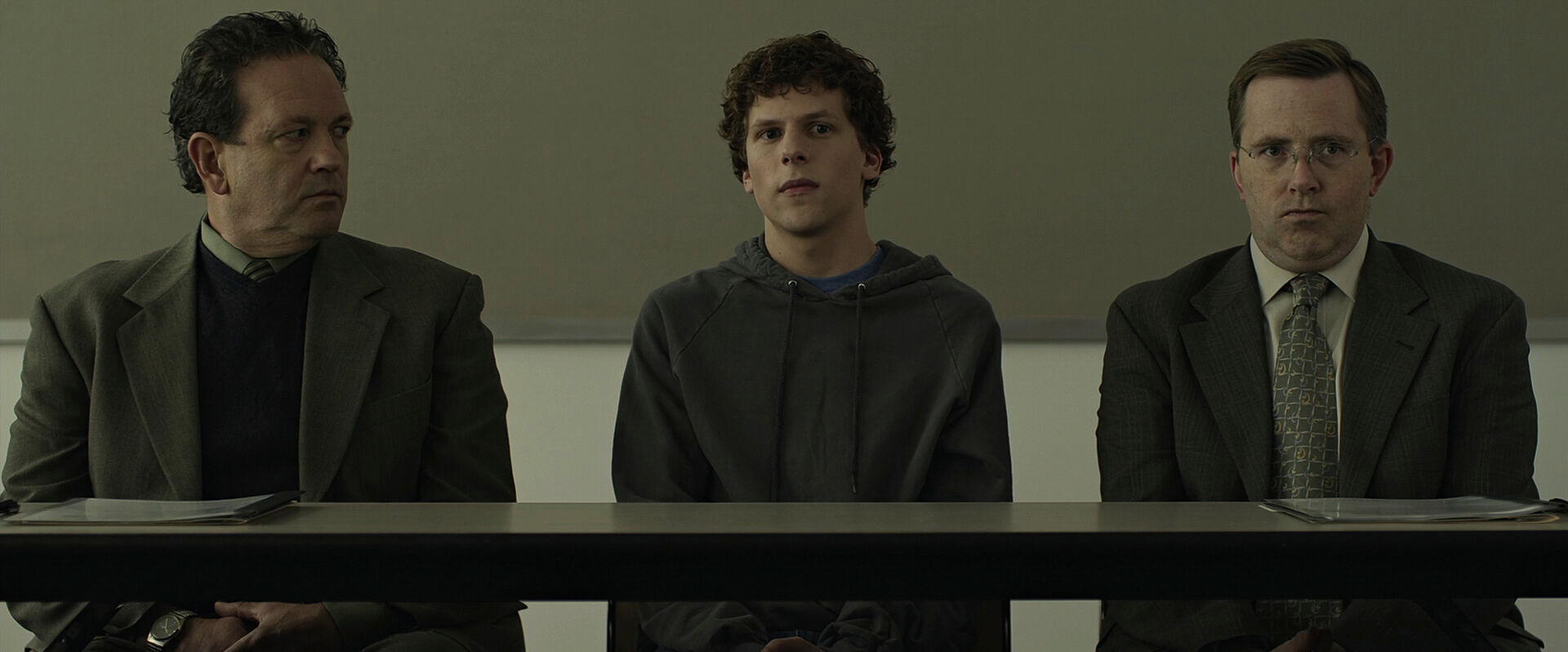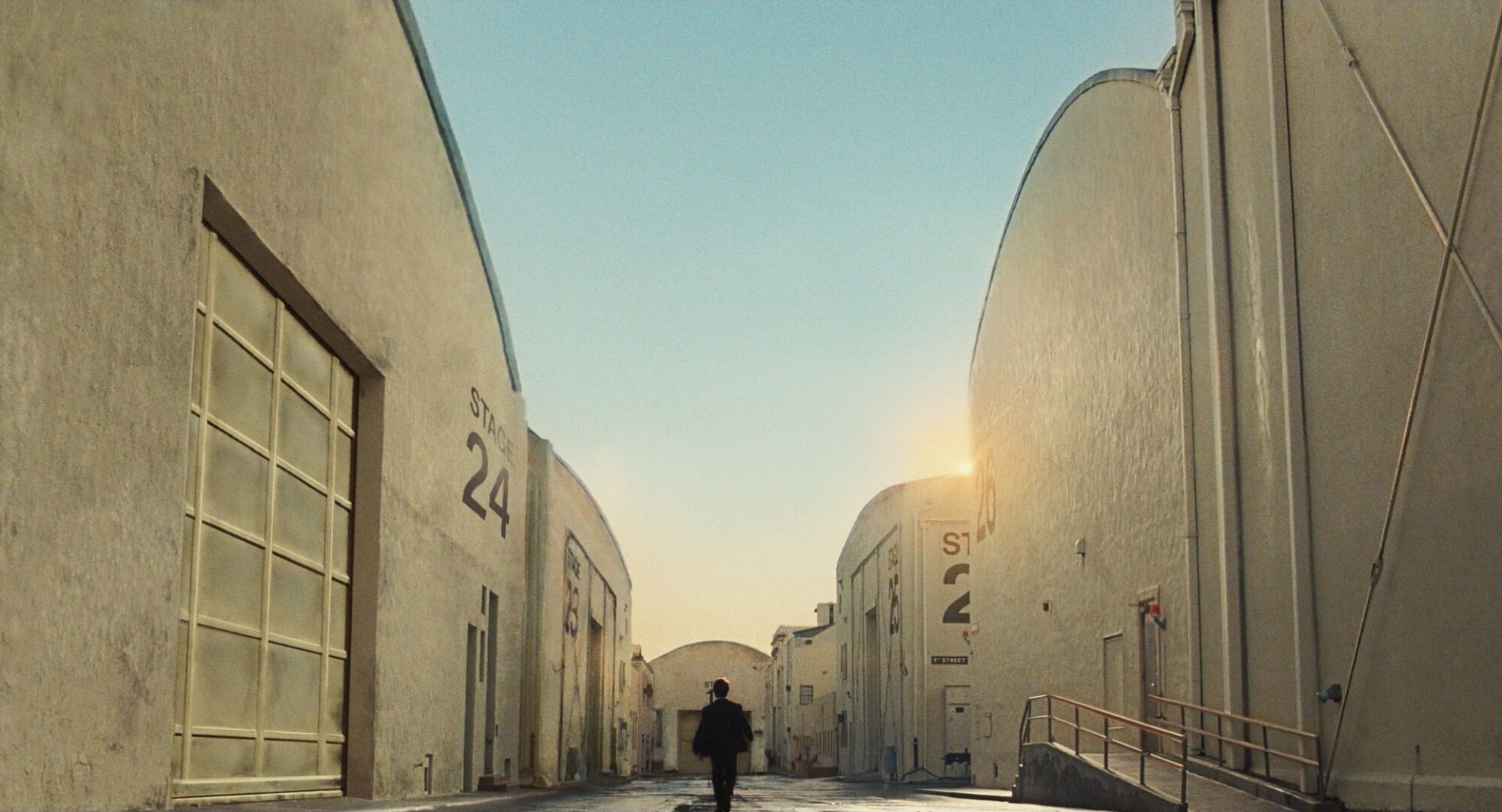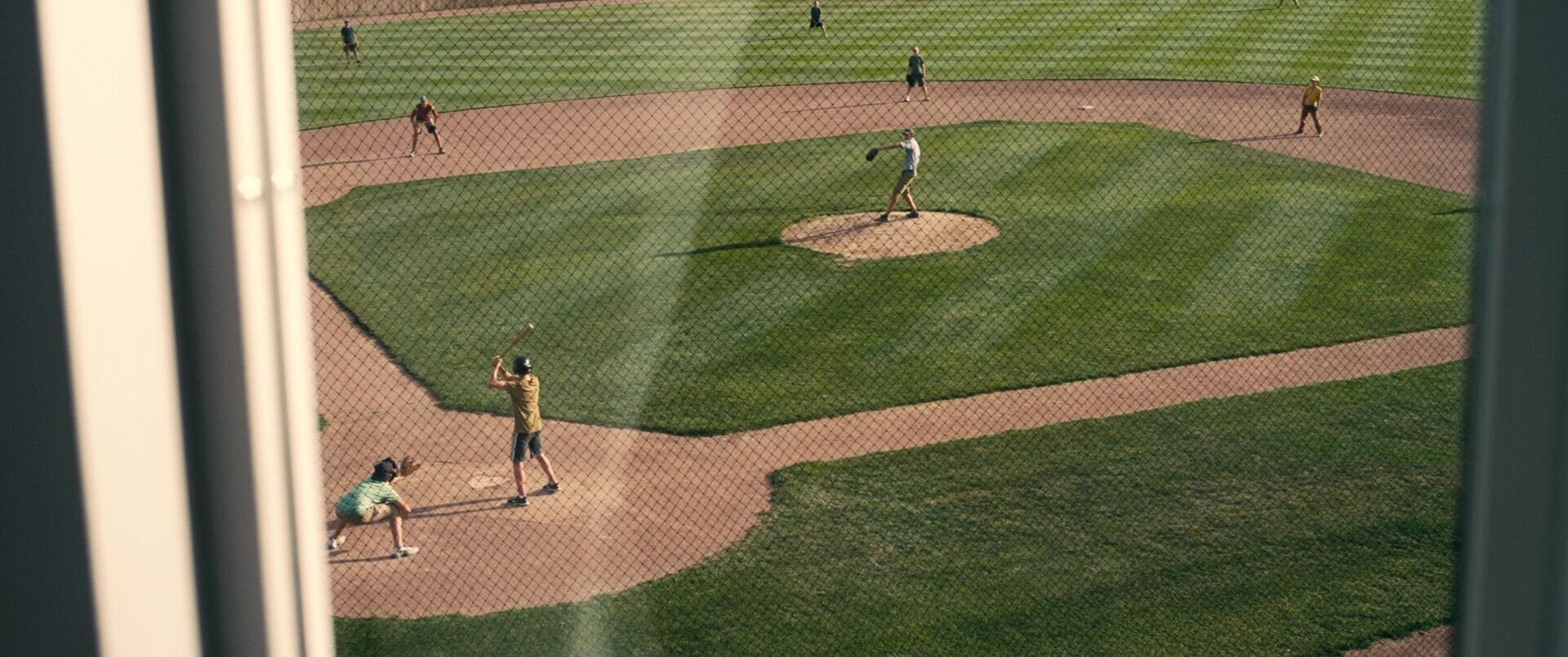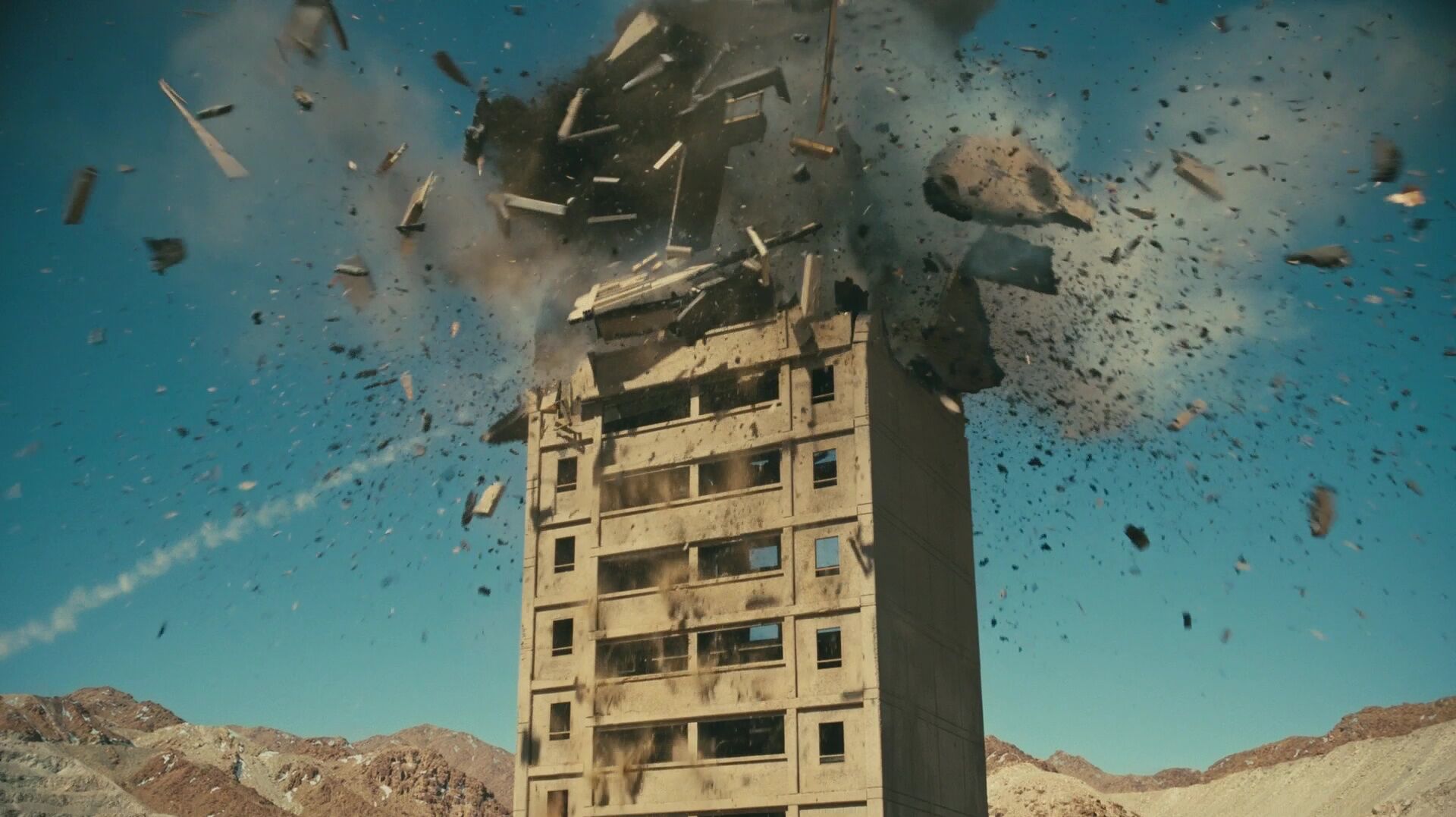home → Camera Movements → Tilt Shot
TILT SHOT DEFINITION
What is a Tilt Shot?
A tilt shot is a filmmaking technique where the camera moves vertically (up or down) while rooted in a fixed position, typically on a tripod. If the camera lens is your eyes, and the tripod your legs, your head moves up or down to look at new visual information while your legs keep planted on the ground.
To further expand your understanding of this technique, check out our extensive guide on the tilt shot, complete with examples and breakdowns.
TILT SHOT IN FILM
Tilt Shot Examples
There’s a near endless well of meaning that the tilt shot can impart onto a viewer, but at its core, its basic purpose is to expand or narrow the scope of a setting to reveal new story information. Let’s browse a handful of visual samplings with the below curated selection of the tilt shot in film to understand some of its most common uses.
Establishes a new setting
Indicates a character’s superiority
Reveals characters
Emphasizes scale
Tilt Shot Purpose
What does a tilt shot achieve?
With the tilt shot, we have two options for use: the tilt up shot, or the tilt down shot. While both file under the same type of shot and work to reveal new information within a scene, they typically tend to impart separate visual language ideas. Below are a variety of feelings and meanings tilt up and down shots can communicate to an audience.
Power or Weakness
Tilting up onto a character can make them appear more imposing, highlighting their dominance. Tilting down can make them appear smaller, showing vulnerability.
Aspiration
If the hero is approaching a destination that symbolizes hope, a tilt up from the hero to the location can showcase its aspiring grandness.
Discovery
If a character stumbles on a mysterious object, the camera can tilt down from the character to reveal the object in question.
Tension
If blood drips from above and onto a character, the camera can tilt up at the same pace as the character looking up, creating tension before the reveal.
Pan vs Tilt
Tilt Shot vs Pan Shot
The tilt shot may sometimes get confused with the pan shot, and vice versa. This isn’t surprising given their similarities, and the fact that they’re often implemented at the same time, both subtly and blatantly.
In both the pan and tilt shot, the camera is set on a fixed axis. Their defining difference lies in which direction they move. A tilt shot only moves vertically, and a pan shot only moves horizontally. Hence, why they’re so often confused, because if during a pan shot the camera tilts up or down, no matter how little or how much, it automatically becomes both a panning and tilting shot at the same time.

Case Study
Shot listing a tilt shot
Next, let’s take a beat for beat look at a tilt shot in action. Here, we’ll study how the tilt shot both reveals information and inspires an unexpected sense of awe in Christopher Nolan’s Interstellar.
Click the shot list below to get a closer look at the full scene, and ask yourself, how does this tilt shot immerse the audience in lead character Cooper’s full spectrum of emotions throughout the reveal.
As you can see, the tilt shot can put you into a character’s shoes and make you feel their emotions as the tilt reveals something fascinating or important to both the audience and the character.
But so far, we’ve mostly only explored what a tilt shot is capable of expressing on its own. Now let’s explore what happens when the tilt shot is blended together with other camera techniques.
Unexpected combos
How can you use a tilt shot with other camera techniques?
How to combine a tilt camera shot
It’s one thing to achieve a firm grasp on the basics of tilt camera movement (it’s essentially a camera movement that looks up or down after all), but what sort of meaning can be obtained from incorporating other established camera functions with the tilt shot? Below are some fascinating combinations worth considering:
- Dutch Angle: With the camera rotated diagonally, it then tilts up or down to create a sense of jarring unease or surrealism.
- Zoom: If the camera tilts up with a sudden zoom, the audience’s attention is directed to track the subject that the zoom is focusing on.
- Handheld: The shakiness from a handheld camera imparts a sense of organic unsteadiness, making the audience feel like they’re the ones tilting to look.
- Whip Pan: After the camera whips and disorients the viewer, it can rest on a tilt up or down shot to indicate strength or lack thereof in a subject.
- Close Up: A tilt up or down shot, followed immediately by a close-up shot of a character’s face, can bathe an audience in emotional intensity.
Frequently asked questions about the tilt shot
Tilt shots may suggest:
- New information
- Scale
- Character defeat
- Character strength
You must first establish the point of interest you want your tilt camera shot to reveal. Next, identify the type of feeling you wish to convey through that subject’s reveal. Based on levels of power or weakness within the subject, you will tilt the camera either up or down. Typically, you tilt up on the subject to show power, and down to show weakness.
The camera keeps to one spot while literally tilting vertically up or down. No other movement occurs outside of the camera’s tilting, thus how it earned its name.
